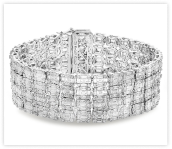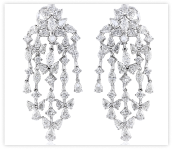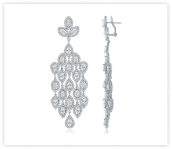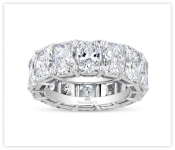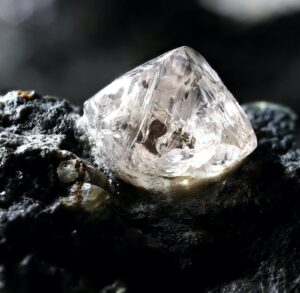In the world of diamonds, the brilliance of these precious gems is not solely due to nature’s design but owes its splendor to the art of cutting. Throughout history, diamonds have undergone a fascinating evolution in their cutting techniques, transforming from simple, rough shapes to the dazzling masterpieces we admire today. Let’s explore this captivating journey through time.
The Origins of Diamond Cutting
- Centuries ago, diamonds were primarily found in India and were initially used in their rough, unpolished state, known as “point cuts.” As the demand increased, skilled artisans began to experiment with rudimentary techniques to enhance their brilliance. “Table cuts” and “rose cuts,” were the earliest cuts characterized by flat tops with fewer facets.
The Brilliance of the Old Mine Cut
- During the 18th and 19th centuries, the old mine cut emerged as a prominent diamond cut. Named after the ancient diamond mines of India, this cut featured a cushion-shaped outline with a high crown and a small table. The proportions limited the diamond’s light reflection, resulting in a distinctive play of fire and brilliance.
The Radiant Rise of the Brilliant Cut
- The early 20th century marked a revolutionary turning point with the introduction of the brilliant cut. Discovered by Marcel Tolkowsky’s research, the brilliant cut, also known as the “round brilliant,” boasted 58 facets, mathematically designed to maximize light refraction, scattering, and reflection.
Shaping the Future: Modern Diamond Cuts
- As the art of diamond cutting progressed, master craftsmen explored a myriad of fancy diamond shapes, offering a vast array of choices to suit individual preferences. The princess cut’s sharp angles, the elegant emerald cut’s clean lines, and the captivating sparkle of the pear-shaped cut all exemplify the creativity and versatility of modern diamond cuts.
Beyond the 4 Cs: A Symphony of Beauty
- Today, diamond cutting is a harmonious blend of artistry and science, harmonizing the diamond’s natural attributes with precise mathematical calculations. Gemologists and lapidaries work hand in hand to ensure that each diamond is cut with precision to maximize its brilliance, fire, and scintillation.
The evolution of diamond cuts reflects human ingenuity. From point cuts to modern shapes, the journey inspires awe. Diamonds remain eternal symbols of love and beauty, capturing our hearts forever.



